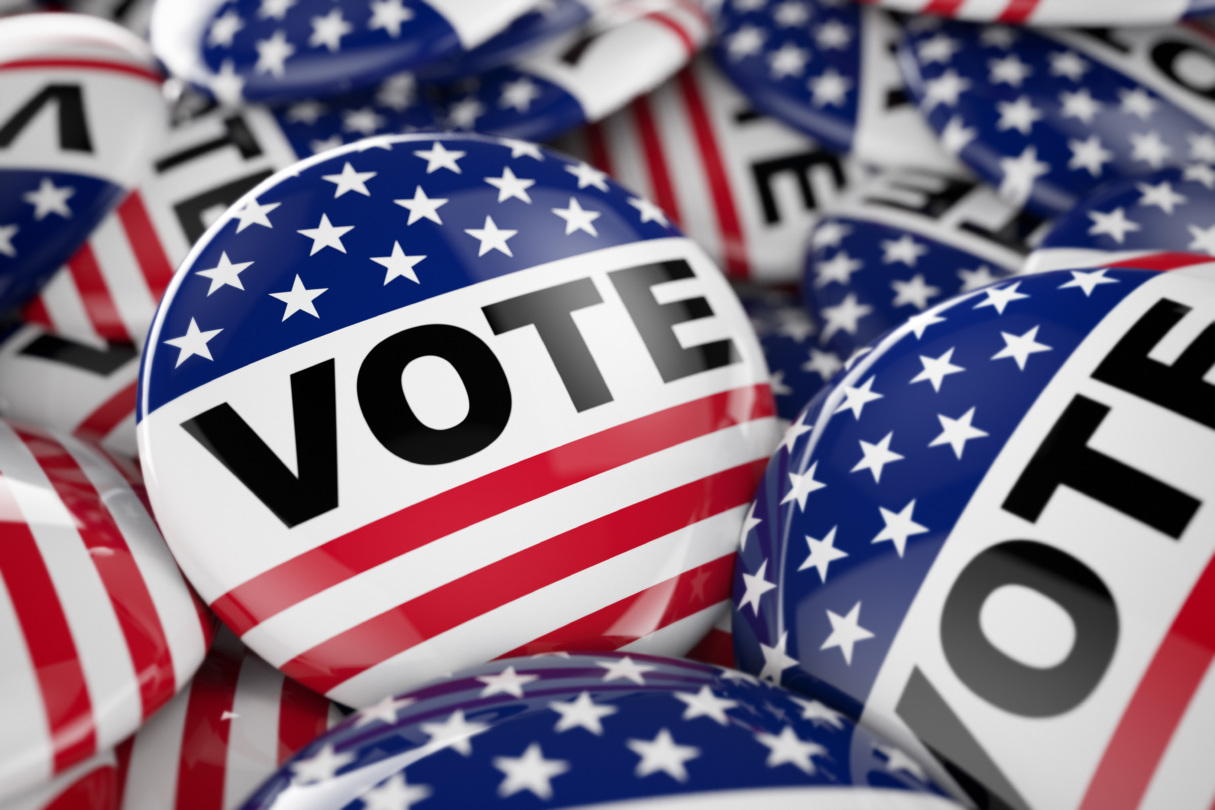



Note: This column is a periodic series of personal reflections on journalism, news literacy, education and related topics by NLP’s founder and CEO, Alan C. Miller.
Amid the chaos and controversy that has marred this post-election period, let’s take a moment to celebrate some things that went indisputably right in our recent rite of democracy:
“This election was kind of a miracle,” Lawrence Norden, the director of the Election Reform Program at the Brennan Center for Justice, said in an interview. “We had huge turnout during a pandemic and there really weren’t the kind of problems that we had in the past.”
“Voters were the heroes,” said Marcia Johnson-Blanco, co-director of the Voting Rights Project at the Lawyers’ Committee for Civil Rights Under Law. They made good use “of all opportunities to access the ballot.”
There were other civic heroes, too: the thousands of Americans who painstakingly counted ballots, many working long hours under intense scrutiny against the backdrop of sporadic protests and an escalating pandemic.
Of course, this success has been overshadowed by the excruciating counting of enough votes in a handful of battleground states to declare Joe Biden president-elect and by Donald Trump’s unsubstantiated claims that, absent widespread voter fraud, he would have won a second term.
While Trump’s refusal to concede is extraordinary, the election process itself is playing out in constitutionally mandated ways. Votes continue to be counted, as states typically have two to three weeks after Election Day to certify their totals. Courts are hearing lawsuits filed by the Trump campaign in several states. (This year the deadline for lawsuit resolution and vote certification is Dec. 8 — six days before the Electoral College meets, as required by federal law.) Recounts, which are customary in extremely close contests, are expected in a few states, though they typically result in changes too marginal to reverse outcomes. On Nov. 10, The New York Times reported that election officials of both parties nationwide said they had seen “no evidence that fraud or other irregularities played a role in the outcome of the presidential race.”
Votes, like facts, are stubborn things.
The unfolding national civics lesson has underscored the reality that the patchwork nature of our decentralized election system causes confusion and sows the seeds for disinformation. Each state decides how, when and where voters can cast their ballots; whether technical mistakes by voters (such as forgetting to sign an envelope or submitting a signature that doesn’t match the one in the voter database) can be “cured” (or fixed); and when mail-in ballots can begin to be counted.
The most striking — and damaging — disparity involves the counting of mail-in votes. As it became clear that a record number of Americans (more than 65 million) would go this route in response to COVID-19, a number of states changed their laws to avoid long delays in determining the results by enabling “pre-canvassing” (opening and organizing ballots for processing) days, or even weeks, before Election Day. Some states permit these ballots to be counted when they are received (one is Florida, which permits counting as early as 40 days before Election Day).
As the president insisted for months, without evidence, that the growing number of mail-in ballots would invite fraud, Republican-controlled legislatures in three battleground states declined to make significant changes in their timetables for counting them. Michigan revised its law to permit counting in some jurisdictions to begin only the day before Election Day; Wisconsin and Pennsylvania refused to permit counting until Election Day itself.
Gene DiGirolamo, a Republican commissioner in Bucks County, Pennsylvania, warned in September that without pre-canvassing, “we’ll be forced to contend with a man-made disaster — one that easily could be avoided.”
Sure enough, Pennsylvania, with its crucial 20 electoral votes, experienced a tsunami of mail-in votes. Because no work on those ballots could begin until the polls closed, it wasn’t until Nov. 7 — four drama-filled days later — that the networks and The Associated Press had sufficient data to call the state for Biden. Moreover, since far more Republicans voted at the polls and far more Democrats voted by mail, Trump predictably jumped out to a wide early lead, only to see Biden close in day by day until overtaking him.
This shifting public tabulation opened the door to the perception (and claims by Trump and his allies) that something nefarious was afoot — that votes mailed before Election Day were being cast afterward, or that votes were suddenly being “found” or that a conspiracy was underway to “steal” the election. This took hold among Trump supporters even as poll watchers from both parties observed the counting and Republican officials, both state and local, in Pennsylvania, Georgia and elsewhere vouched for the integrity of the process and the validity of the outcomes.
The result was corrosive — and it threatens to undermine Biden’s legitimacy with a large segment of the electorate. A Politico/Morning Consult survey conducted Nov. 6-9 found that 70 percent of Republicans said the election was “definitely” or “probably” not free and fair, primarily due to their belief that there was widespread fraud in mail-in voting. By contrast, 90 percent of Democrats said the election was free and fair.
The Constitution’s Elections Clause, which describes the rules for elections to the Senate and the House of Representatives, allows states to set their own regulations for congressional elections but gives Congress the authority to “make or alter” those regulations as necessary. Given the current changes in voting patterns and advances in technology, Congress may consider setting uniform national rules for processing and counting mail-in ballots, permitting early voting, setting the deadline for receiving ballots, and ensuring the ability to “cure” ballots that have technical errors. Congress could also provide funds to upgrade aging voting machines and improve the infrastructure for mail-in voting.
“Other democracies have figured out how to count all of the votes without distorting the results, frightening their voters or sowing discord,” Stephen I. Vladeck, a professor at the University of Texas School of Law, wrote in a Nov. 8 opinion column for The New York Times. “If the last week has taught us anything, it’s that the United States should do the same.”